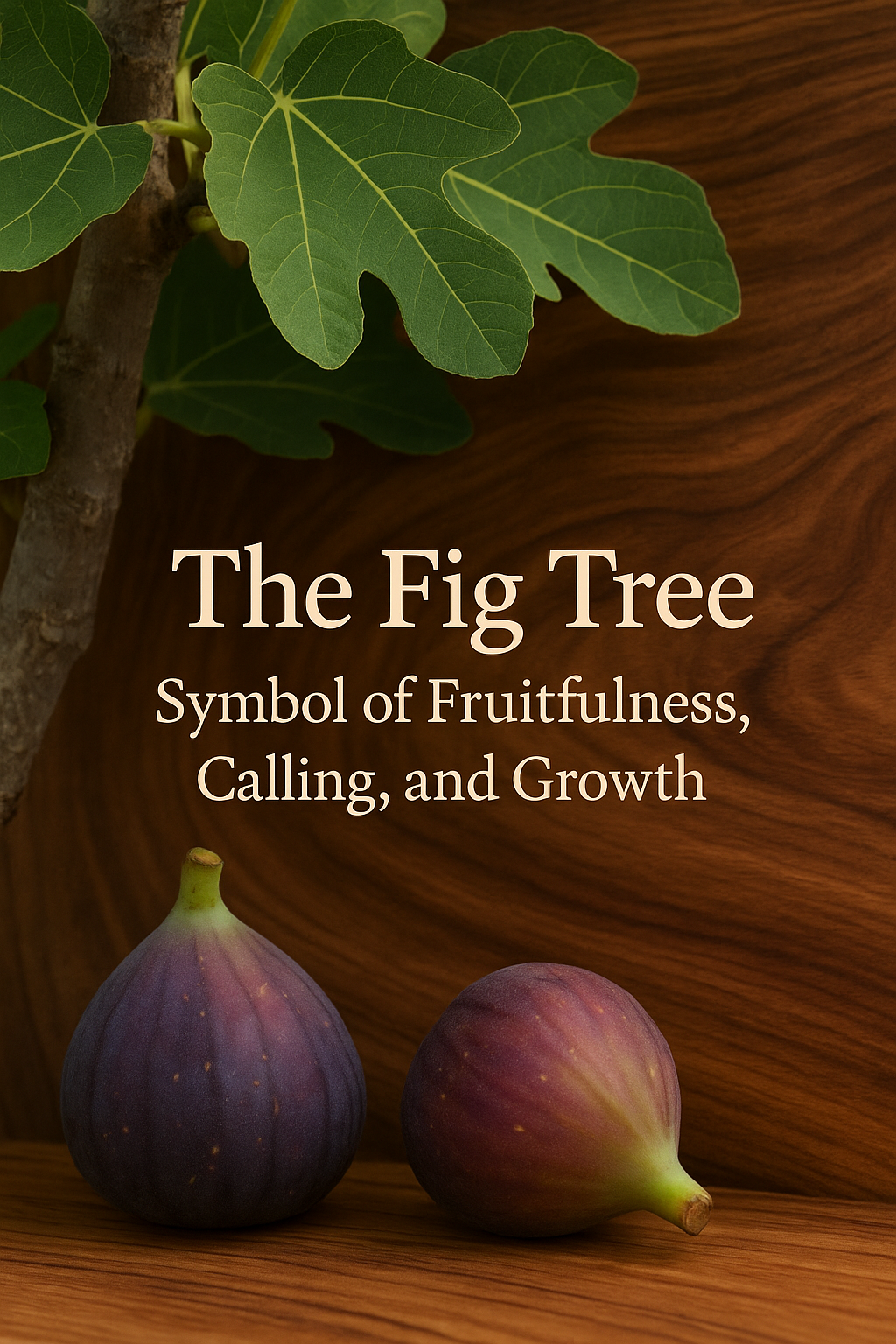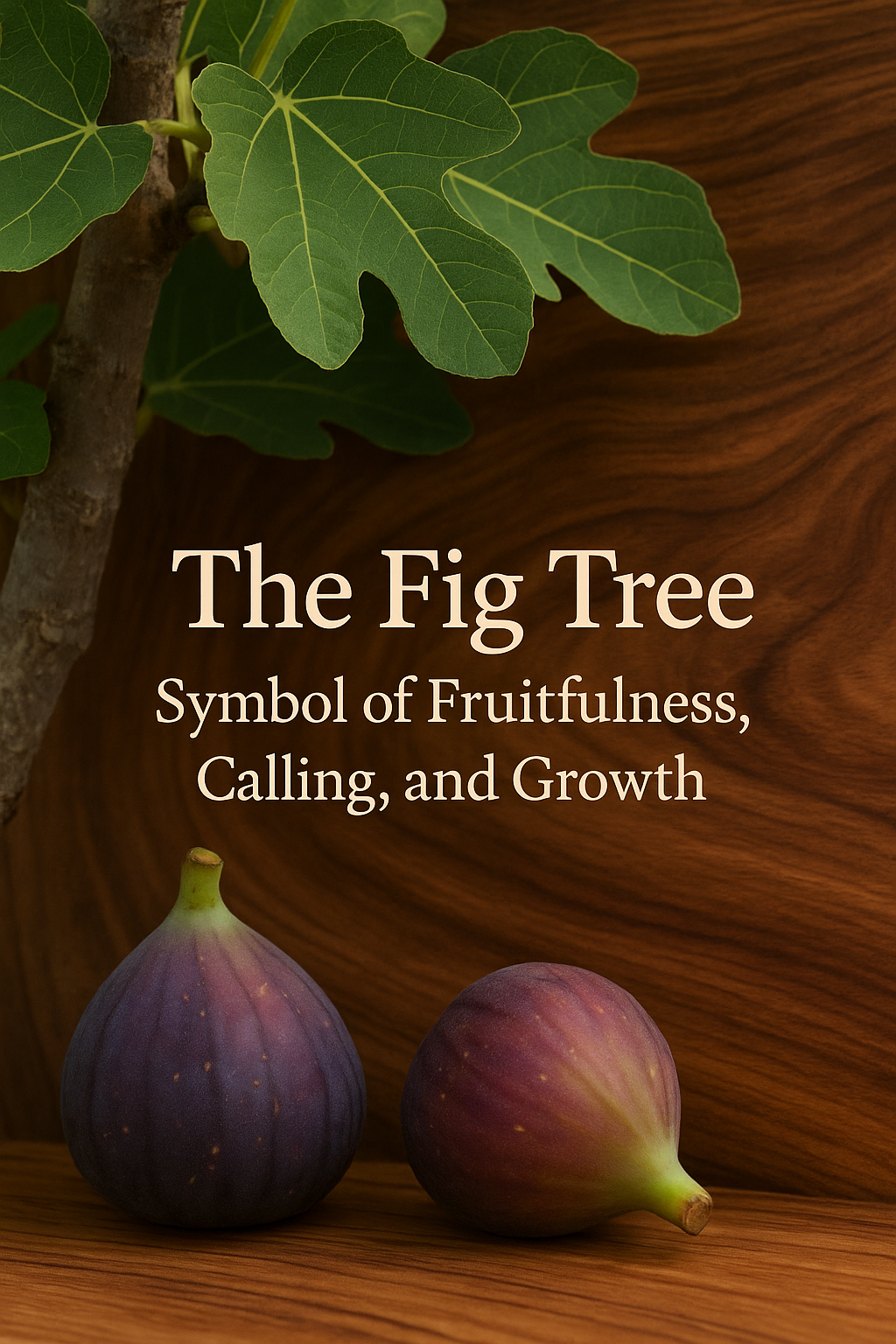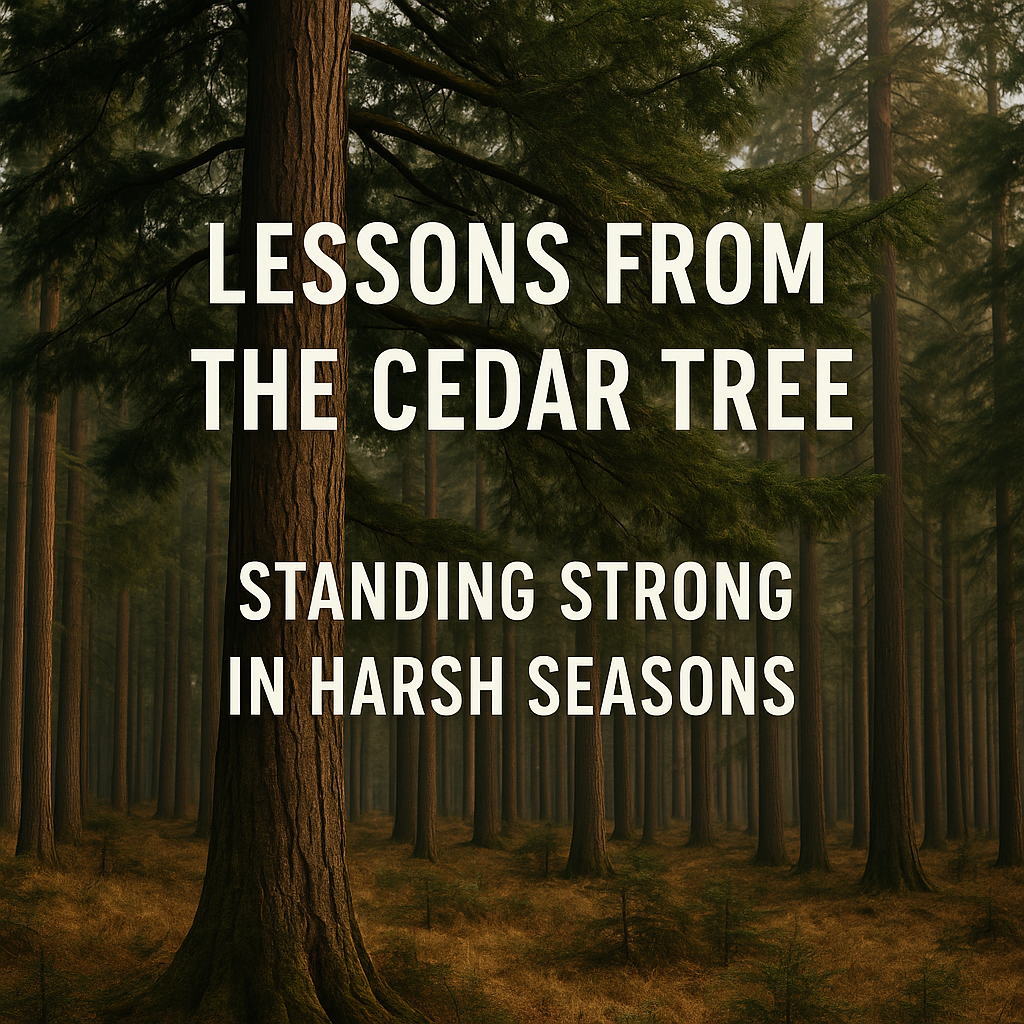Fruitfulness. Calling. Growth.
Few trees carry those themes as powerfully—or as personally—as the fig tree.
In Scripture, the fig shows up quietly but persistently, almost like a thread God keeps weaving through the story. It’s a tree that grows slowly, produces generously, and teaches us what it really means to live a life that bears fruit over time.
And if you’ve ever spent any time in the shop—watching wood grain reveal decades of storms and sunshine—you know that fruitfulness is never instant. Real growth is steady, intentional, faithful. The fig tree reminds us of that.
Let’s look at why this tree has captured the imagination of farmers, prophets, and craftsmen for thousands of years—and why it still speaks to anyone trying to build something that matters.
A Tree Rooted in Ancient History
The fig is one of the oldest cultivated trees in the world. Long before Israel was a nation, long before kings or temples or prophets, people were tending fig orchards and harvesting their sweet fruit.
By the time the Bible was being written, the fig was a symbol of prosperity and blessing. When God described the Promised Land, He included the fig tree in the list of good things waiting for His people.
It wasn’t just food. It was a picture of home.
To sit “under your own vine and fig tree” became shorthand for living a peaceful, settled, productive life (Micah 4:4).
The fig tree wasn't flashy. It wasn’t towering like the cedar or massive like the oak.
But it was steady. Faithful. Consistent.
And if you’re building a family, a business, or a calling, that’s the kind of tree you want to emulate.
Fruitfulness: The Blessing of Steady Output
Here’s something fascinating about figs:
They don’t produce right away.
A fig tree may take three to five years before it ever offers its first fruit. But when it does? It produces abundantly—often twice a year.
It’s a reminder every craftsman needs:
Slow seasons don’t mean you’re failing.
They mean you’re growing.
I think about this often while sanding a board or finishing a pen. The work you don’t see—the preparation, the discipline, the patience—determines the quality of what you do see.
The fig tree teaches the same lesson.
Our culture celebrates instant success, viral moments, and overnight stories. But the Kingdom of God celebrates steady obedience. Deep roots. Quiet faithfulness.
If you’re in a season where the fruit hasn’t shown up yet, don’t despise it.
God rarely rushes what He plans to use for something meaningful.
Calling: Lessons From the Fig in Scripture
The fig tree is woven into some of the most powerful spiritual moments in the New Testament.
One of my favorites is in John 1. Jesus sees Nathanael and says:
“Before Philip called you, when you were under the fig tree, I saw you.”
That seems simple, but in Jewish tradition, sitting under a fig tree was symbolic. It wasn’t just shade—it was a place of study, prayer, and identity. A place where young men asked God what their life was supposed to be about.
Jesus wasn’t just saying, “I saw where you were sitting.”
He was saying, “I saw your heart. I saw your search for calling. I saw your private prayers.”
The fig tree becomes a picture of the sacred space where God speaks to us about our purpose.
Every craftsman has his own “fig tree moments.”
Sometimes it’s in the shop after everyone’s gone home.
Sometimes it’s in the quiet of the morning before the sawdust starts hanging in the air.
Sometimes it’s while building something new, feeling the weight of what you’re trying to create.
The fig tree reminds us:
God sees the unseen.
He calls us before the fruit ever appears.
Growth: The Kind That Takes Work
Fig trees thrive when they are:
-
Pruned
-
Watered deeply
-
Planted in good soil
-
Given plenty of light
Not too different from us, is it?
When you look at the wood from a fig tree—soft, light in color, easy to carve—you can read its story. You see softness where there was steady nourishment and tight grain where the tree pushed through harder seasons.
Growth never happens in the comfortable places alone.
In woodworking, grain tells the truth.
In life, fruit tells the truth.
A fig tree that grows wild but unpruned becomes tangled and barren. One that’s pruned faithfully becomes productive and strong.
Sometimes the seasons that feel like “cutting back” are the ones God uses to prepare us for greater fruit.
What This Tree Teaches Every Builder
Whether you’re crafting a cutting board, guiding a family, building a business, or answering a call, the fig tree carries lessons worth remembering:
1. Fruit takes time—don’t rush the process.
Good things need deep roots.
2. God sees you in the quiet places.
Your calling is shaped long before your work is seen.
3. Pruning isn’t punishment—it’s preparation.
Growth requires intentional refining.
4. Faithfulness beats flashiness every time.
True fruitfulness is steady, not sudden.
5. Your life can feed others.
A fig tree provides shade, nourishment, and a picture of God’s faithfulness.
Your work can do the same.
A Final Thought
Every wood species tells a story.
Every tree in Scripture carries a message.
And the fig tree’s message is simple but powerful:
Stay rooted.
Stay faithful.
Grow where God planted you.
Your fruit will come.
And when it does, it won’t just bless you—
it will nourish everyone around you.






Leave a comment
This site is protected by hCaptcha and the hCaptcha Privacy Policy and Terms of Service apply.